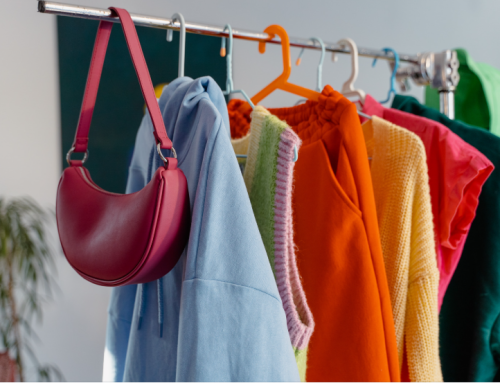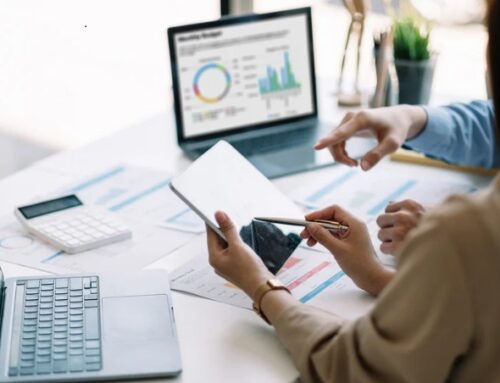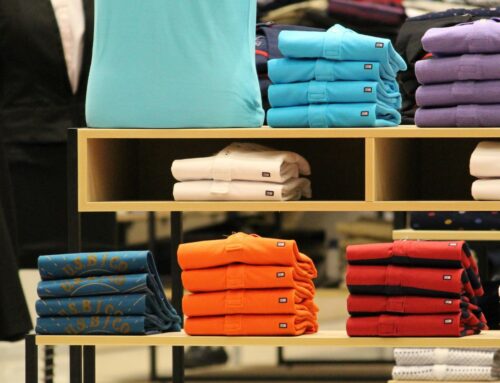Retail Store Clustering
Retail store clustering can seem complex, but it doesn’t have to be. At its core, clustering groups stores based on their ability to sell different products, allowing retailers to make decisions for clusters instead of individual locations. Many retailers rely on sales volume as their primary clustering method, but some industry leaders argue that sales volume alone isn’t enough. At daVinci Retail, we believe sales volume is the right approach, but retailers must refine it to maximize gross margin.
If you’re new to clustering by sales volume, the concept is simple. Maintaining data integrity in retail sales is crucial. Once stores are grouped by their sales figures—typically into four or five categories—retailers can allocate resources effectively. High-performing flagship stores fall into the “A” cluster, while lower-volume stores might be labeled “D” stores. This strategy ensures the busiest stores receive the most merchandise.
However, this method has significant limitations. Most notably, it ignores customer profiles. It groups stores based on sales without considering deeper insights. It assumes an “A” store in Brooklyn operates the same as an “A” store in Beverly Hills, Miami, or Vancouver. In reality, customers in these locations have distinct preferences. That’s why relying solely on sales volume for store clustering has faced criticism
See also: Why Your Retail Store Clustering Method Doesn’t Work
| Location | Short sleeve tops | Boots | Bedding | Cookware |
|---|---|---|---|---|
| Times Square | A | A | B | B |
| Toronto | B | A | A | A |
| Hollywood | B | C | B | B |
| Honolulu | A | D | B | C |
| Chicago | B | A | C | B |
This table shows how stores can be assigned different clusters for each product category
Methods of Retail Clustering
Despite the improvements over traditional retail sales volume group clustering, challenges remain. The most significant issue is that clustering and merchandising at the product class level exponentially increase the number of unique assortment plans required. Customizing product mix assortments across additional layers can lead to thousands of unique assortments within a buy plan.
Traditional merchant tools, such as spreadsheets, cannot manage the vast amount of information generated by this system. Retailers need assortment planning software to apply sales volume clustering at the product class level. Assortment planning utilizing buy quantity by cluster involves tailoring inventory purchases based on different customer segments or store groups, optimizing the product mix for each cluster to meet demand more accurately. It helps in aligning stock levels with specific market needs, ensuring better sales performance and reduced overstock risks.
In conclusion, retail sales volume effectively supports store clustering, but only when taken beyond the store level. To maximize the impact of sales volume groups, cluster at the product class level and use these clusters to guide buying decisions. Customizing product mix buys further optimizes inventory distribution, ensuring the right stores receive the right products for maximum gross margin.





















